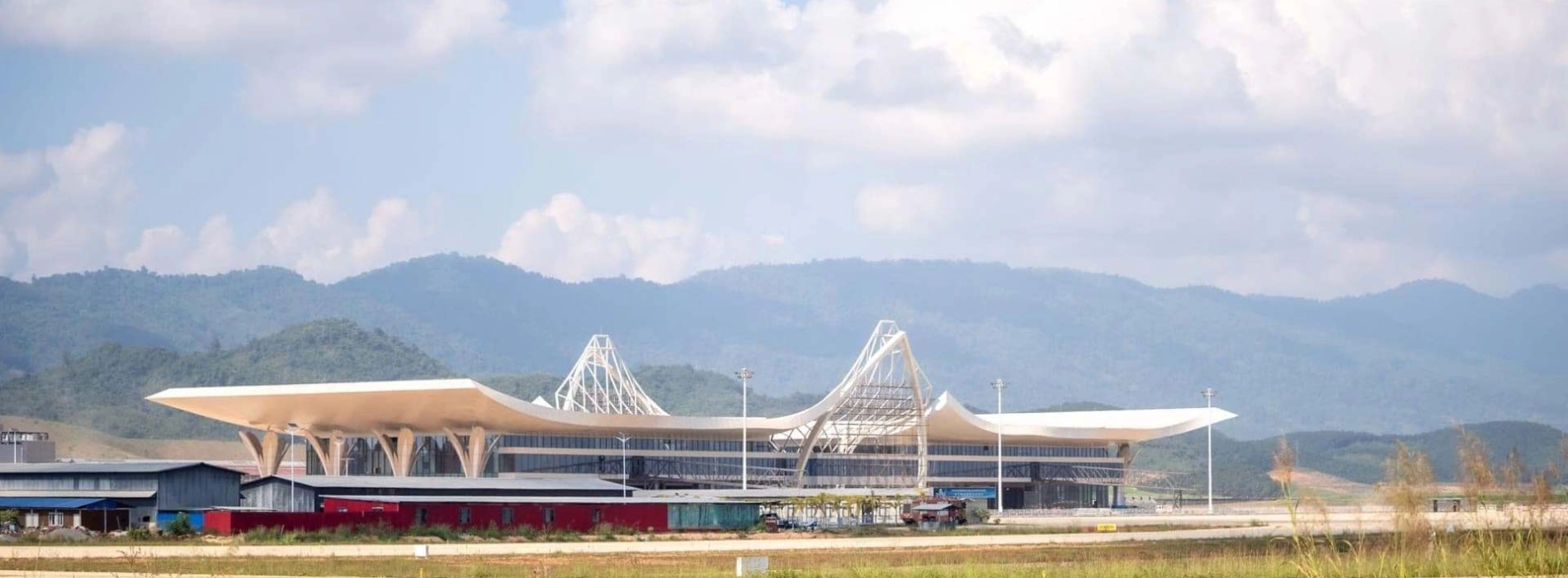
Bokeo, located at the heart of the Golden Triangle, borders Myanmar, Thailand’s Chiang Rai, and is close to China. Despite being Laos's smallest province, it’s home to diverse minority communities, including the Lahu people. Established in 1983, Bokeo, meaning "gem mine," is known as the "land of sapphires." Explore this beautiful province with Asia King Travel!
The sapphires mined in the Houayxay District inspired the name Bokeo. In the Wat Jom Kao Manilat, a teak pagoda constructed in the Shan architectural style around 1880, there is a stele dating back to 1458. The Laos Army currently owns Fort Carnot, a historical relic from the French colonial empire.
Years later, in the 1960s and 1970s, during the Second Indochinese War, Bokeo once more served as a temporary base of operations for Western soldiers. An historic American air station located north of Houay Xay, Nam Nyu, was the site of bombing sorties from 1964 to 1973 that destroyed most of Luang Namtha Town. The province was established in 1983 after being divided from the province of Luang Namtha. Oudomxay province's Paktha and Pha Oudom Districts were redistributed in 1992. Houayxay town used to be a well-known crossroads for trade, especially for Chinese commodities, between Thailand and Yunnan province in China.

Explore Bokeo Nature Reserve
The road system can have trouble keeping up during the monsoon season, which runs from May to October. More people show up there when the rain stops, and they stay there until it starts again. Bokeo Nature Reserve features a tropical environment with summertime highs of approximately 25°C and heavy rains.
October through February are the ideal months to explore the area because of the mild weather, which makes for excellent hiking and wildlife viewing. Because of the economic activities, Bokeo sees a steady stream of visitors throughout the year.
Muang Bokeo Huay Xai market, also called just Talad Sao, is situated in the southern section of the town on Saykhong Road. This is a great spot to purchase for inexpensive local goods and offers an excellent chance to see local lifestyles. It is also the primary depot for road transportation.
Fresh vegetables, meat and fish, plus a few basic home goods are available for purchase at the market. One recommendation for tourists is to sample the traditional rice vermicelli, kanom jeen, and Ban Khao Pun items. Residents pair kanom jeen with various sauses or their well-known fermented fish sauce, phla raa. Additionally, tourists can purchase these delectable foods as souvernirs and observe the preparation process.

Shopping in Huay Xai market
While there are about 20 restaurants in Houay Xay that serve both Asian and Western cuisine, noodle businesses predominate, particularly in the morning market. Their specialties are fish, fried chicken, and noodle soup. Bokeo further provides a few regional specialties. Perhaps the most “Lao” of all the noodle soups is kho soi. Rice noodles are cooked in a hot broth with a sauce made of minced pork, fermented soy beans, and tomatoes. Khao poon, a fish-flavored coconut curry soup, is a stew served over noodles that is created from pork that has been cooked with chile.
You may like: Laos excursions
The largest freshwater fish in the world, the Pha Beuk - Laos, commonly known as the giant catfish, may be found in large quantities in Huay Xai. These fish can reach lengths of two to three meters and weight up to 300 kg. It is thought that they swim all the way from Qinghai Province in China, which is the Mekong's source. Even if the yearly catch of phla beuk has decreased recently, they can still be spotted in mid-April and May.

Explore The Giant Catfish
This is Bokeo's favorite activity and is highly suggested for those who enjoy the outdoors. To get to the canopy infrastructure, it takes around three hours by car from Huay Xai - Laos and a couple hours on foot through a stunning bamboo forest. Every tree house is constructed on enormous trees that are more than 40 meters tall. The main mode of transportation for the remainder of the journey is ziplining, which allows one to soar to the houses and see the wild inhabitants below.

Have an adventure at The Gibbon Experience
Previously believed to be extinct, 400 black crested gibbons were found residing in Bokeo Nature Reserve. There is a cap on the number of guests, and the tour typically lasts three days and two nights. The Gibbon Experience Office, located on Huay Xai's main street, is where trips can be planned and reserved in advance.
Visitors can give money or covert presents to the headman if they are really impressed with the village. The village school will benefit from these donations.
Bokeo may be reached in three different ways from Vientiane, the capital.
Bokeo, with its unique blend of cultures, stunning landscapes, and rich history, offers a truly unforgettable experience. Whether you're exploring its diverse communities, enjoying the natural beauty, or discovering its gem-rich heritage, this small province has much to offer. Embark on a journey to Bokeo and uncover the hidden gems of Laos!
You may like: Luang Prabang Bolaven Plateau Tour 8 Days: Nature and Heritage